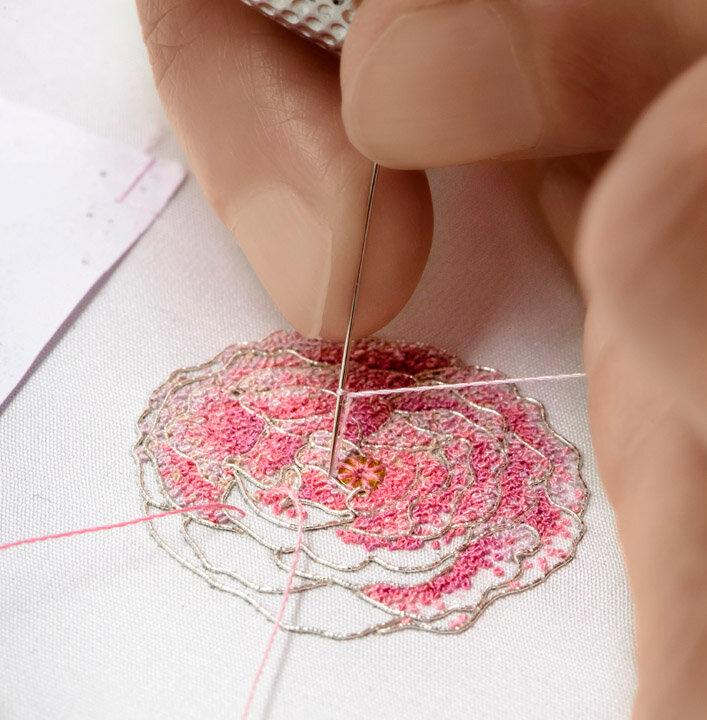For the past 26 years, gold-thread embroiderer Sylvie Deschamps has headed Le Bégonia d'Or, a gold-embroidery workshop in the historic town of Rochefort, just south of La Rochelle in the west of France.
The town dates back to the 11th century, when Rochefort Castle was built to prevent a Norman attack. But the modern fortified town of Rochefort was established in the late 17th century, when the Sun King Louis XIV’s minister, Jean-Baptiste Colbert, founded an arsenal and military port there. To embellish the men’s military attire, gold-embroidery workshops were established in the town.






